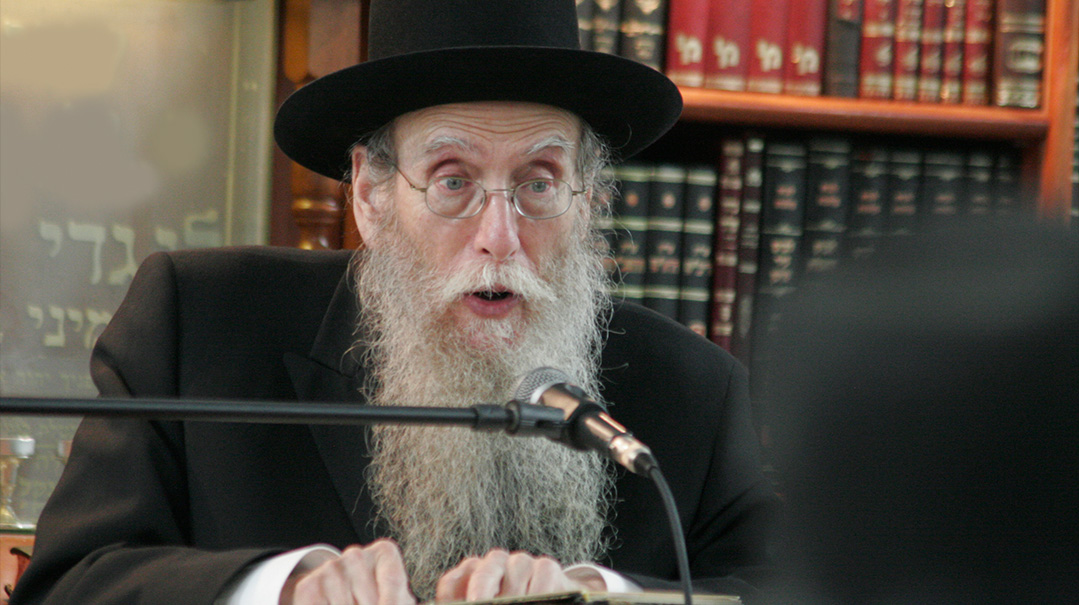Enduring Bond

Ten years later, the impact of Rav Shlomo Brevda hasn’t faded. Talmidim remember his life and his message

Photos: Mattis Goldberg
There’s something about the way they say “Rebbi.” The shoulders sag slightly and a look flashes through their eyes, almost as if they’re searching for something and coming up empty. The word itself seems humbling, as if just mentioning Rebbi has made this paragon of humility reappear, his presence spurning any sense of self-importance.
Rav Shlomo Brevda never held a formal position, never led a shul or delivered shiur in a yeshivah. But a decade after his passing, for so many grown men, accomplished talmidei chachamim, successful business owners, and prominent community leaders, he remains Rebbi.
The Gemara in Berachos (6b) extolls the virtues of a true yarei Shamayim. “Kol ha’olam kulo lo nivra elah l’tzavos l’zeh,” says the Gemara. The whole world was created for the sake of bonding and forging a connection with those who truly fear Heaven. The Gemara may sound cryptic, but it sheds light on Rav Shlomo Brevda’s magnetism.
For decades, Rav Shlomo fielded speaking invitations from just about everywhere. There was a point in time where he was delivering 30 shiurim a week. And while there was no gabbai broadcasting his arrival, or an entourage of talmidim accompanying him, each engagement showcased a packed audience.
How did they know about him? Why did they come?
Kol ha’olam kulo lo nivra elah l’tzavos l’zeh is the only answer. They came because he was a true yarei Shamayim. And the very purpose of Creation demanded that they attach themselves to him.
Oops! We could not locate your form.







